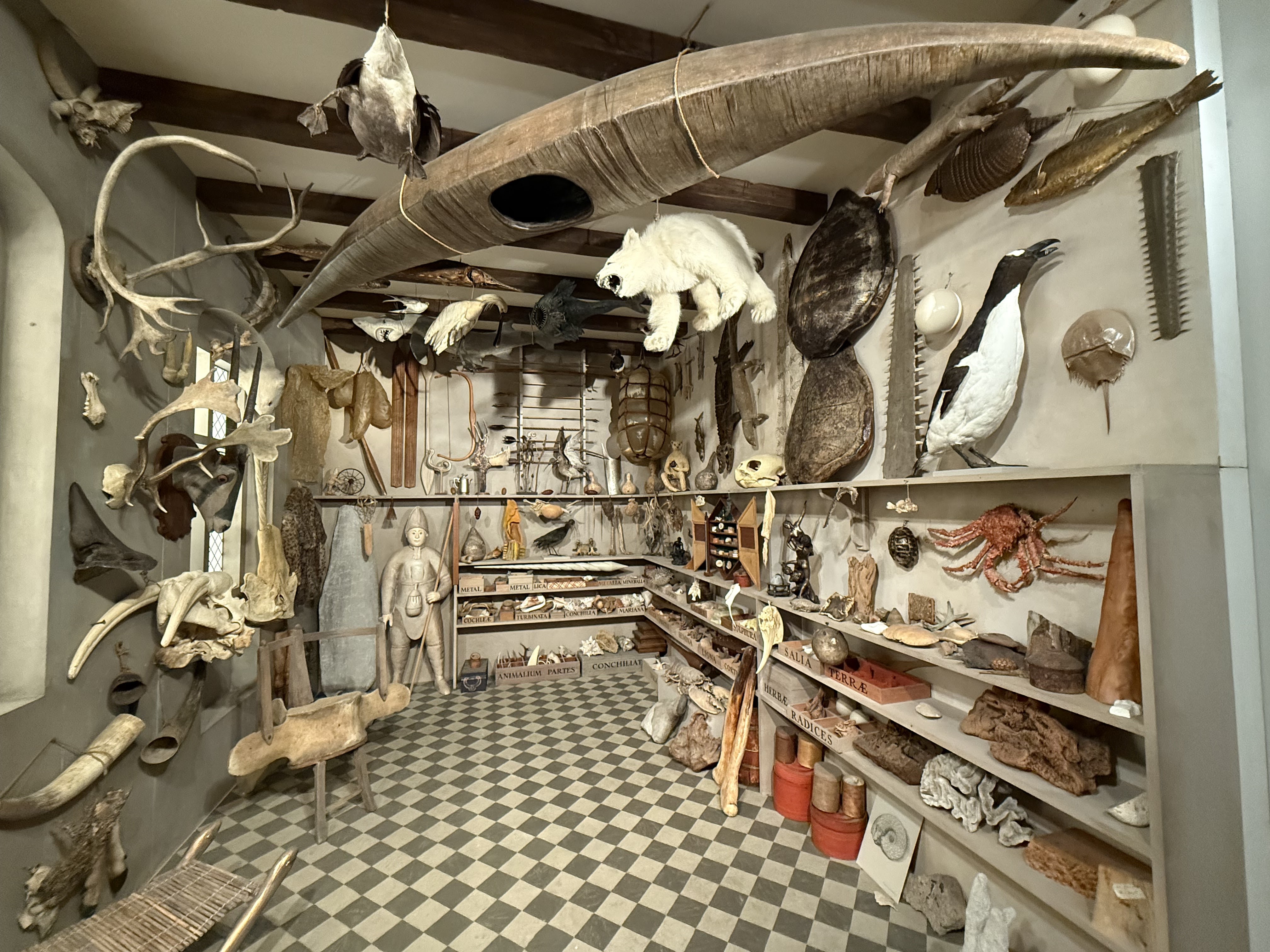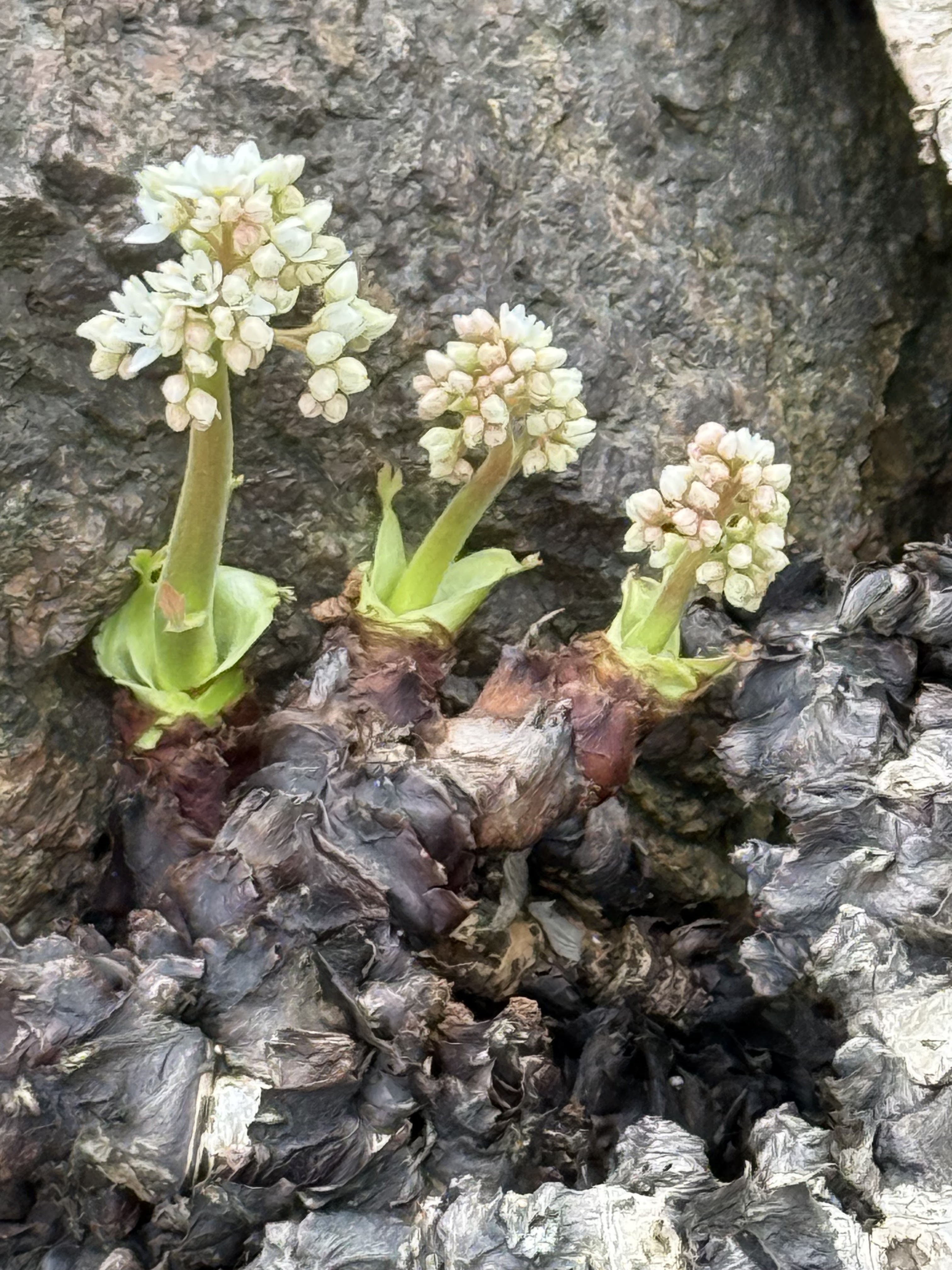By Richard B. Primack
"Between every two pines is a doorway to a new world." John Muir.
A question that has puzzled generations of scientists and naturalists is, why are some plant species evergreen, while other species are deciduous and drop their leaves in the autumn? In a recent article, I report on the results of a three-year experiment making evergreen white pine saplings drop their leaves each year, effectively making them deciduous. I found that holding onto their leaves for several years helps the pines survive and grow more quickly.
 |
| Photo 1: At the field site in winter with an abundance of healthy pine saplings. |
The results of the experiment were strikingly apparent after just one growing season—pine saplings forced to become deciduous grew only 20% as much as the control plants.
 |
| Photo 2: A control sapling in winter showing leaves from the previous two years. Two-year-old leaves are present below the 1-year-old lateral shoots. |
 |
| Photo 3: Sapling in winter with all leaves from previous two years removed. It will make new leaves in the coming spring. |
An even bigger surprise was in store the following year. By the end of the second year, 75% of the “deciduous” pine saplings had died, in contrast to the evergreen saplings that were all still alive. And by the end of the third year, all the deciduous pine saplings were dead.
This experiment involves a very simple design, going out in the late fall or winter and removing leaves to simulate the life cycle of a deciduous plant species. Despite this simplicity, as far as I know, no one has ever done this type of experiment before.
Publication LINK -- Richard Primack (2025). Later Year Retention of Evergreen Leaves Is Important to Plant Growth and Survival in Eastern White Pine. Northeast Naturalist.


















